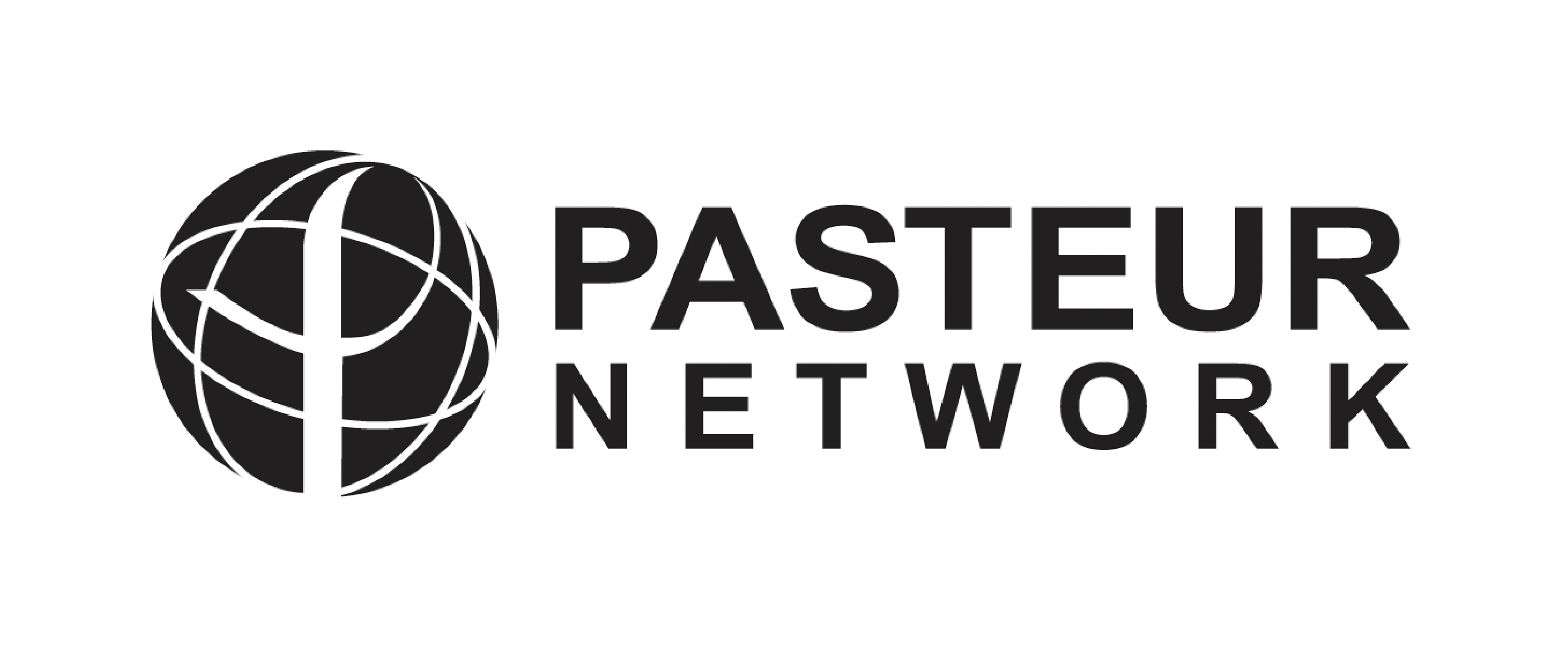Cellular immune response in the presence of protective antibody levels correlates with protection against 1918 influenza in ferrets.
Résumé
The identification of immune correlates of protection against highly pathogenic human-adapted influenza is instrumental in the development of the next generation of vaccines. Towards this, ferrets received either one dose of a conventionally produced vaccine, two inoculations of a hemagglutinin (HA)-expressing DNA vaccine, or a prime-boost regimen of the DNA vaccine followed by injection of a HA-expressing adenoviral vector. In addition to the antibody response, ferret-specific interferon-gamma (IFN-γ) ELISpot and flow cytometry assays were developed to follow the cellular immune response. Animals that received the conventional vaccine mounted a humoral response, while the DNA vaccinated groups also developed IFN-γ producing T cells. Upon challenge with the matched highly pathogenic A/South Carolina/1/18 H1N1 influenza A virus, the conventionally vaccinated group developed moderate to severe signs of disease, whereas the DNA vaccinated animals experienced mild disease. In the presence of an antibody response within the protective range, the extent of the T cell response correlated more accurately with reduced morbidity in vaccinated ferrets.
